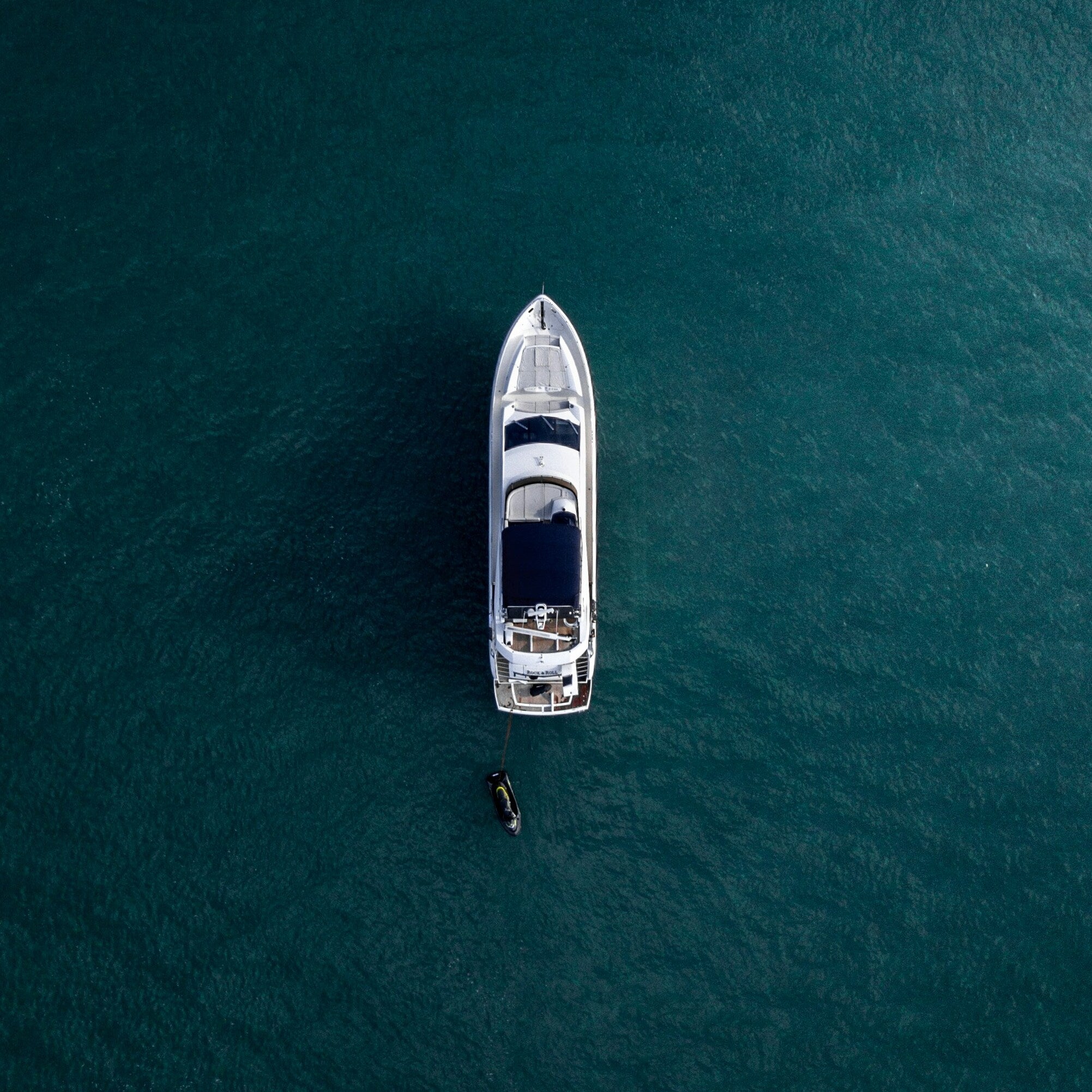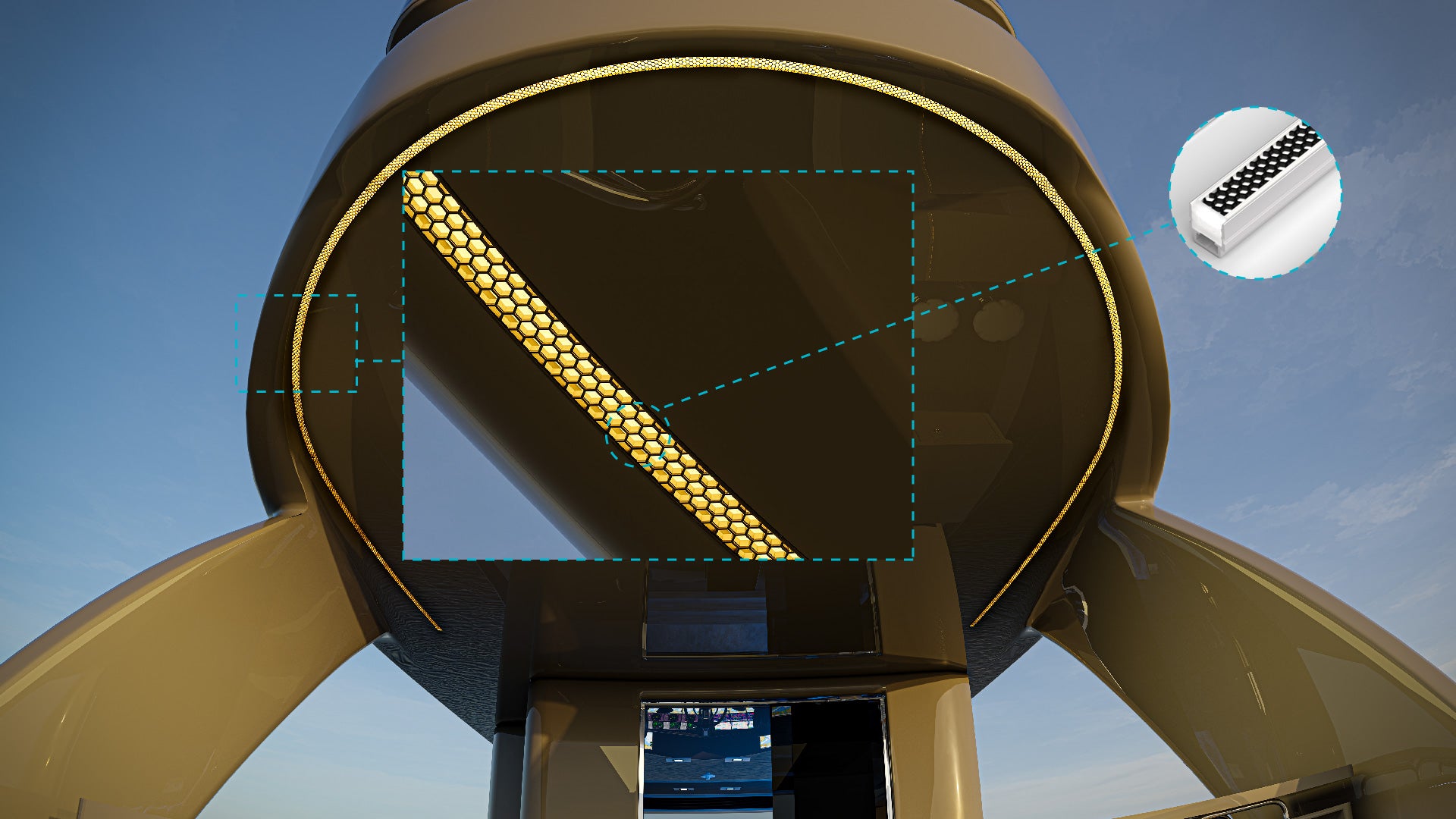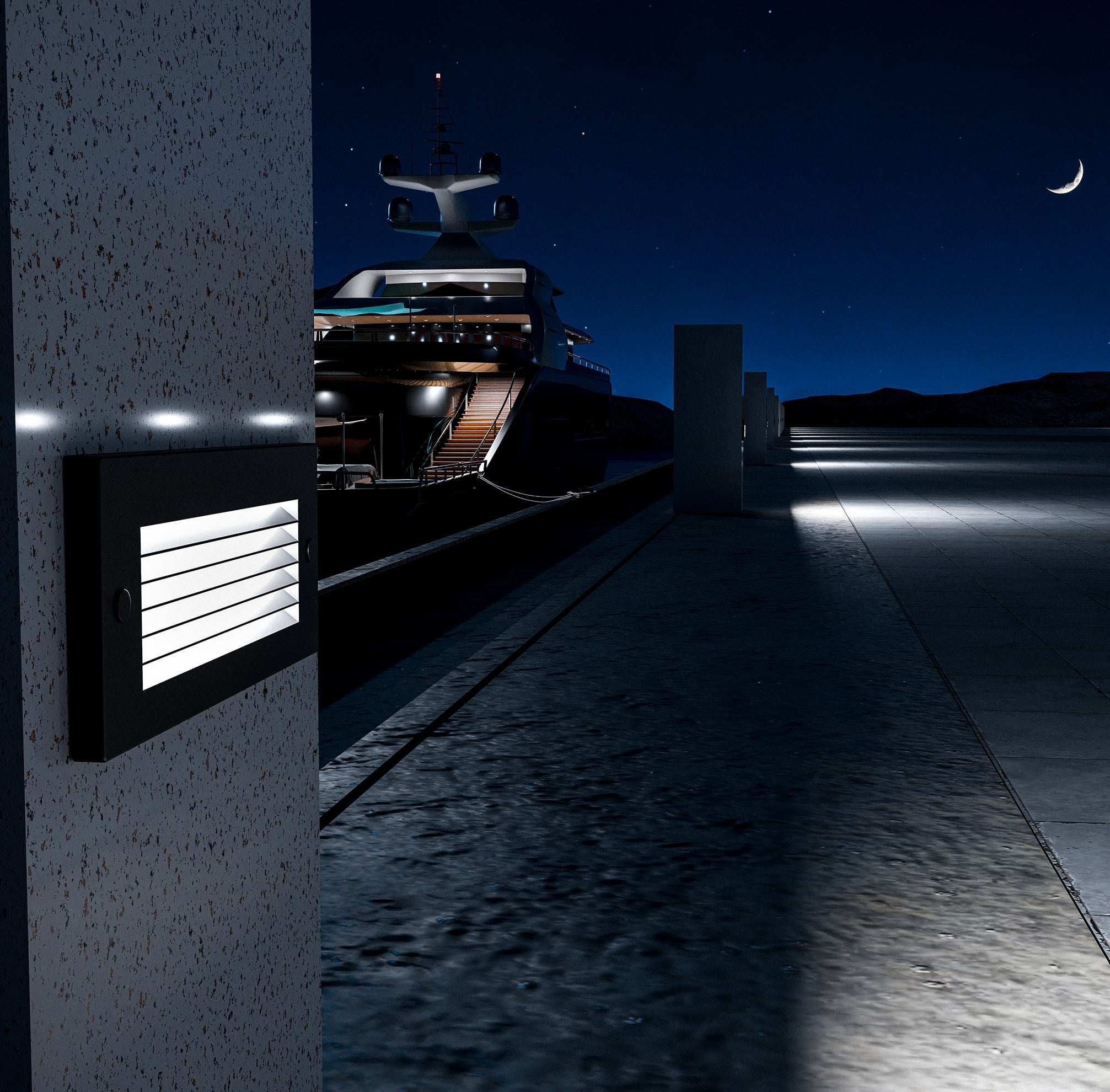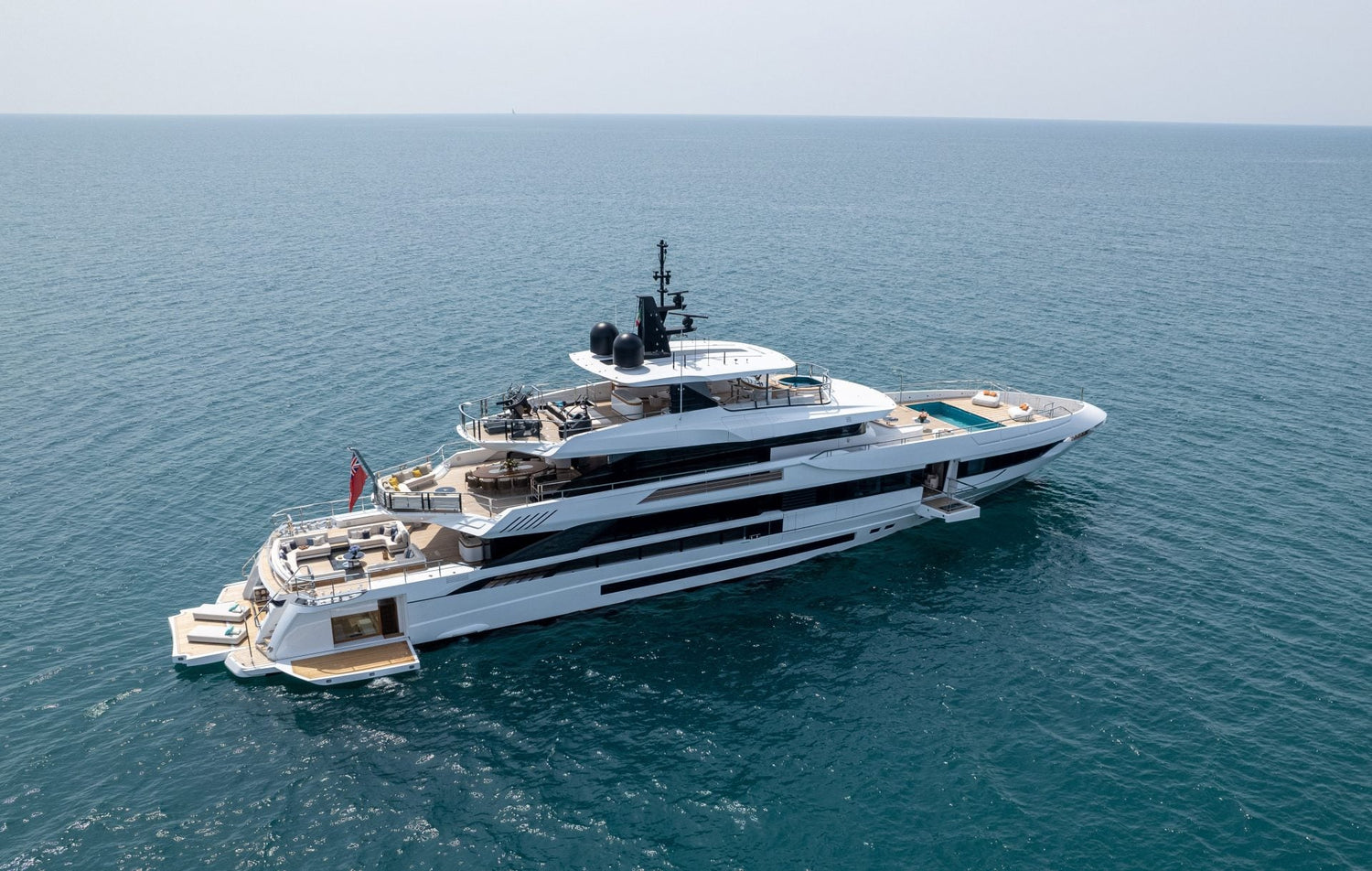Spring signals the arrival of warmer weather, longer days, and renewed excitement for marine adventures. It’s the ideal season for preparing your boat for optimal performance, and one key area often overlooked is marine lighting.
Upgrading your boat’s lighting system not only enhances safety and functionality but also adds to the aesthetic appeal and energy efficiency of your vessel. Whether you’re navigating at night, hosting evening gatherings on deck, or simply enjoying the tranquility of moonlit waters, a well-planned lighting upgrade can make all the difference.
In this guide, we’ll take you through the essential steps, tips, and considerations for upgrading your marine lighting system this spring, ensuring your boat is ready for every adventure ahead.
Why Spring is the Ideal Time for Marine Lighting Upgrades
The Importance of Seasonal Maintenance
Spring is the perfect time for a thorough inspection and upgrade of your marine lighting system, as boats often endure harsh winter conditions, including moisture buildup, salt corrosion, and electrical wear. Taking the time to address these issues before the boating season begins ensures that small problems don’t turn into major failures while out on the water. Upgrading lighting now means fewer disruptions during peak boating months and peace of mind knowing your fixtures are reliable and energy-efficient.
Optimal Weather Conditions for Upgrades
Spring offers moderate temperatures and relatively calm weather, creating an ideal window for performing maintenance and upgrades. Unlike the hot summer months, which can make outdoor tasks uncomfortable, spring weather allows for precise installations, wiring adjustments, and fixture placements without the added stress of extreme heat or unpredictable storms. It’s also easier to test and calibrate new lighting systems under clear conditions.
Improved Safety and Visibility
Proper lighting is not just about convenience—it’s a critical safety feature. Whether you’re navigating foggy spring mornings, docking at night, or ensuring passengers can safely move around the deck, upgraded lighting systems significantly reduce risks. Bright and efficient LED fixtures offer superior visibility, longer lifespan, and lower energy consumption, ensuring you’re prepared for all situations during your springtime boating adventures.
Assessing Your Current Marine Lighting System
Performing a Comprehensive Inspection
Before diving into an upgrade, it’s essential to assess your current lighting system. Carefully inspect all fixtures, lenses, and wiring for signs of corrosion, water damage, or flickering lights. Navigation lights, cabin lights, underwater fixtures, and accent lights should all be evaluated for functionality and brightness. A detailed inspection ensures that you identify problem areas early and avoid costly surprises during installation.
Evaluating Energy Efficiency
Older lighting technologies, such as halogen or incandescent bulbs, are often energy-intensive and prone to failure. Compare the energy consumption of your current lighting fixtures with modern LED alternatives. LEDs consume far less power while providing brighter illumination and longer operational lifespans. An energy audit helps identify high-drain fixtures that should be replaced first to optimize power usage.
Setting Upgrade Priorities
Not every fixture may need immediate replacement, so it’s important to prioritize your lighting upgrades. Start with critical safety systems, such as navigation and deck lights, before moving on to cabin and accent lighting. Identify which areas need improvements in visibility, ambiance, or functionality, and plan your upgrades accordingly.
Choosing the Right Marine-Grade LED Lighting Fixtures
Understanding Marine-Grade Certifications
Marine environments are demanding, and not all LED lights are created equal. Look for fixtures that meet marine-grade standards such as IP67 or IP68 waterproof ratings and corrosion-resistant housings made from stainless steel or anodized aluminum. These certifications ensure that your lighting can withstand saltwater, humidity, and constant exposure to the elements.
Choosing the Right Fixtures for Each Zone
Each area of your boat serves a unique purpose and requires specific lighting solutions. For instance, navigation lights must comply with safety regulations, deck lights must reduce glare while providing clear visibility, and cabin lights should offer a balance of task lighting and ambient illumination. Carefully select fixtures tailored for each zone to maximize both functionality and aesthetics.
Exploring Smart Lighting Options
Modern marine LED lighting systems come equipped with smart features, such as dimmable controls, color customization, and mobile app integration. These options allow boat owners to fine-tune their lighting systems based on time of day, activity, or energy requirements, offering unmatched flexibility and efficiency.
Upgrading Navigation Lighting for Safer Spring Adventures
Meeting Safety Standards and Regulations
Navigation lights are legally required for safe boating at night or in low-visibility conditions. They signal your boat’s position, direction, and size to nearby vessels, reducing the risk of collisions. Upgraded marine-grade LED navigation lights offer consistent brightness and long-lasting performance, ensuring you remain compliant with maritime safety regulations.
Improving Visibility with Advanced LEDs
Cool white LEDs (5000K–6000K) are the ideal choice for navigation lights, offering crisp, clear visibility even in foggy or overcast conditions. These lights consume less power and have a longer lifespan, reducing maintenance efforts while ensuring consistent performance during nighttime voyages.
Enhancing Deck and Walkway Lighting for Safety and Functionality
Ensuring Safe Movement on Deck
Deck lights are essential for safe and confident movement around your boat, especially at night. Strategically placed LED fixtures illuminate pathways, steps, and railings, reducing the risk of slips, trips, and falls. Anti-glare designs ensure clear visibility without causing visual discomfort.
Targeted Placement for Maximum Effectiveness
Effective deck lighting requires thoughtful placement. LED strip lights along handrails, stairs, and key walkways provide even illumination and minimize dark spots. Adjustable floodlights can cover larger areas, offering flexibility for both practical tasks and social gatherings.
Creating a Comfortable and Inviting Cabin Environment
Balancing Ambiance and Functionality
Cabin lighting serves dual purposes: it must provide bright, focused illumination for tasks while also creating a relaxing atmosphere. Warm white LEDs (2700K–3500K) offer a cozy, inviting glow, while neutral white LEDs (4000K–4500K) are perfect for reading or dining.
Smart Cabin Lighting Controls
Dimmable LED fixtures and smart lighting controls allow users to customize brightness and mood settings effortlessly. With mobile app controls, you can adjust lighting levels, schedule on/off times, and even change color settings to match your preferences.
Adding Aesthetic Appeal with Underwater and Accent Lighting
Underwater Lighting for Functionality and Ambiance
Underwater LED lights are perfect for enhancing visibility around your boat’s hull at night, while also creating a captivating glow beneath the waterline. Blue or cool white LEDs are popular choices for aesthetic appeal and functional clarity.
Accent Lighting for Stylish Details
Accent lights can highlight unique design features, seating areas, or stairways, adding elegance to your boat. RGB fixtures offer customizable colors, allowing you to set the mood for parties, quiet evenings, or special events.
Energy Efficiency Best Practices for Marine Lighting
Switching to LEDs for Maximum Savings
LED fixtures consume significantly less power than traditional bulbs while offering brighter illumination and a longer operational lifespan. This makes them an ideal choice for energy-conscious boat owners.
Incorporating Solar-Powered Options
Solar-powered LED fixtures are eco-friendly and reduce reliance on the primary power system. They’re particularly effective for deck and accent lighting in sunny environments.
Avoiding Common Lighting Upgrade Mistakes
Ignoring Marine-Grade Certifications
Non-certified fixtures may fail quickly in marine environments due to moisture exposure and corrosion.
Improper Lighting Placement
Poorly placed lights can create glare, shadows, or insufficient illumination, reducing their effectiveness.
Spring lighting upgrades are an investment in safety, efficiency, and onboard comfort. By assessing your current system, selecting marine-grade LEDs, and optimizing placement, you can ensure your boat is well-prepared for the upcoming season.
Explore K2 Lighting's premium collection of marine lighting solutions today.





